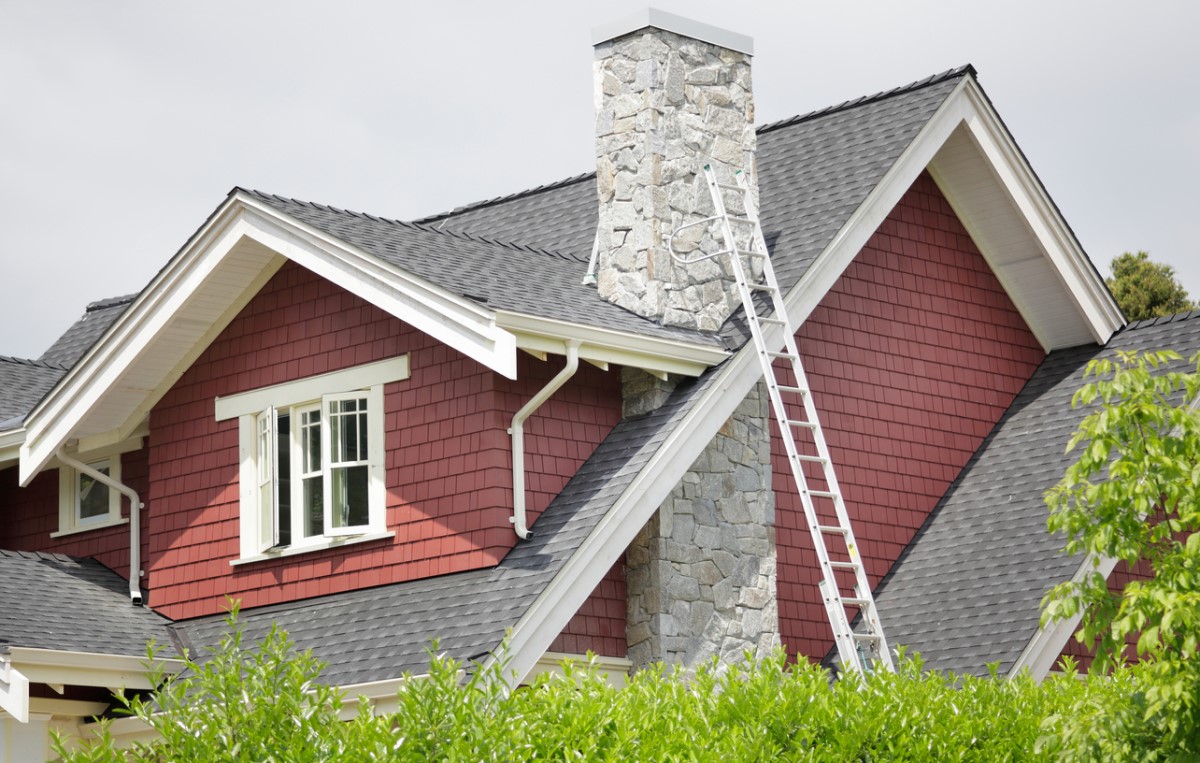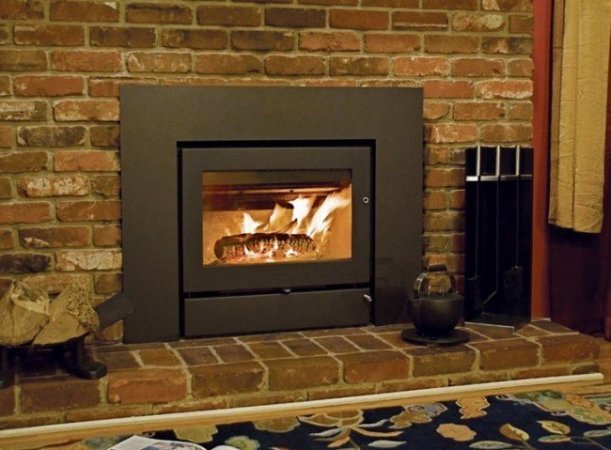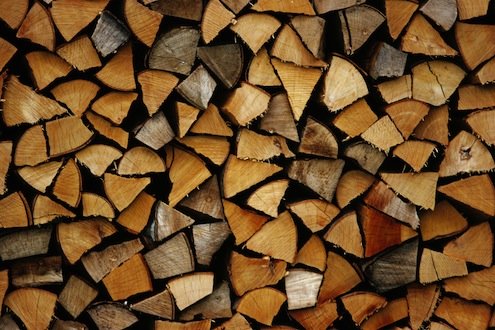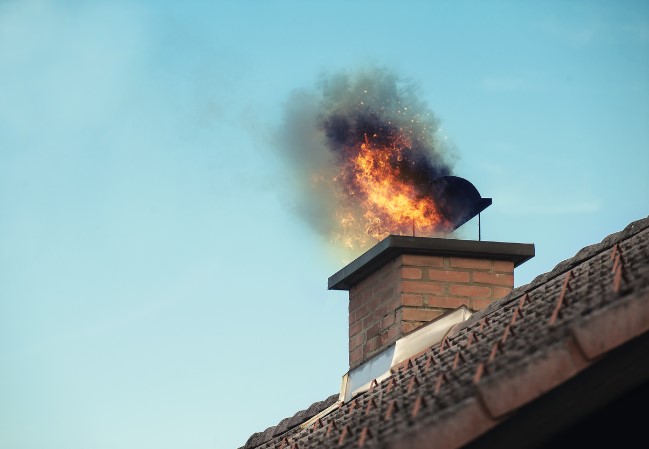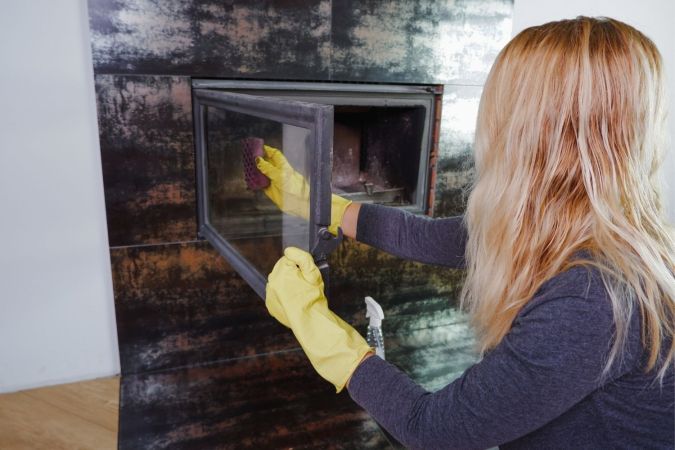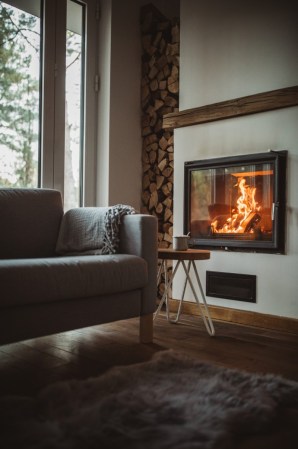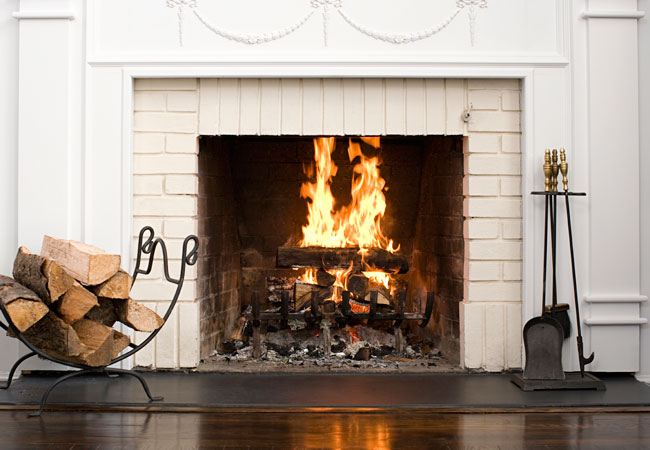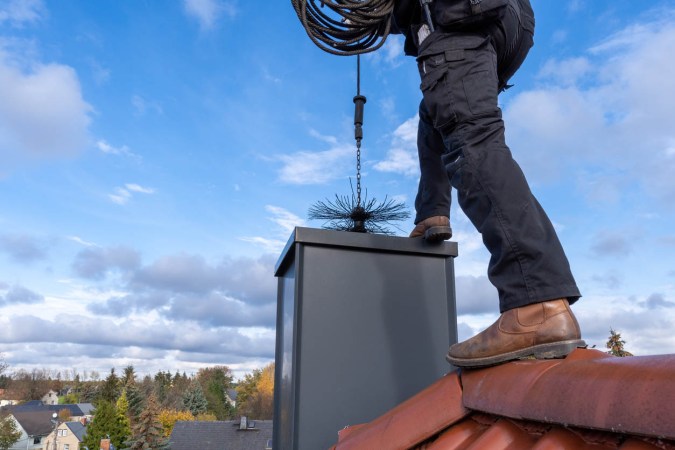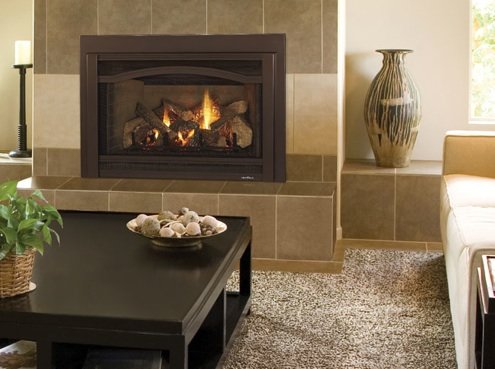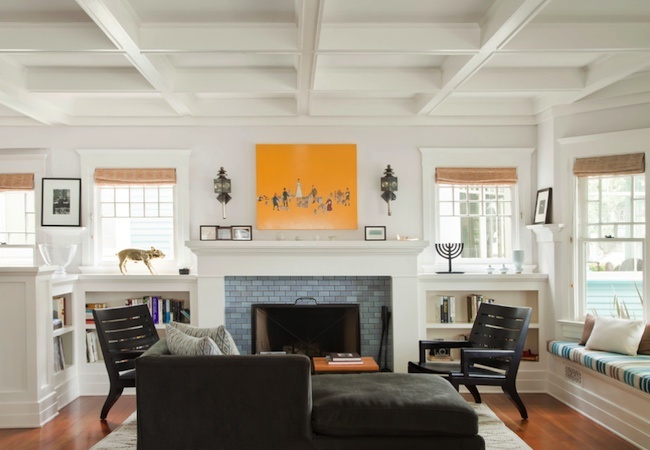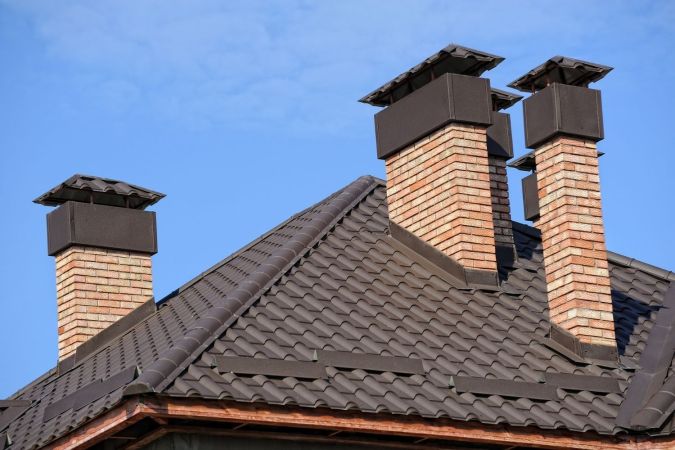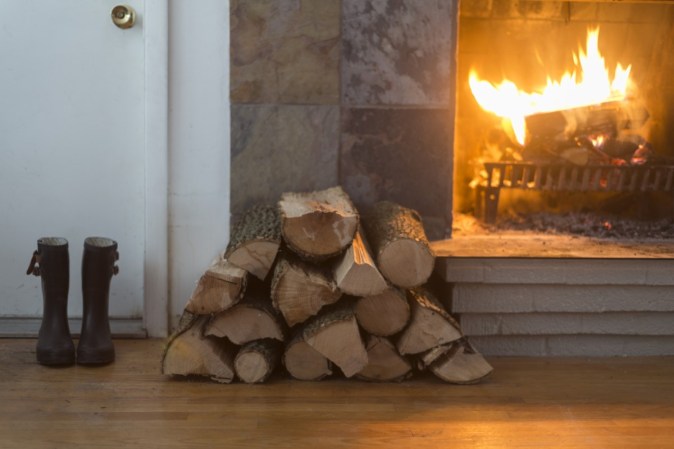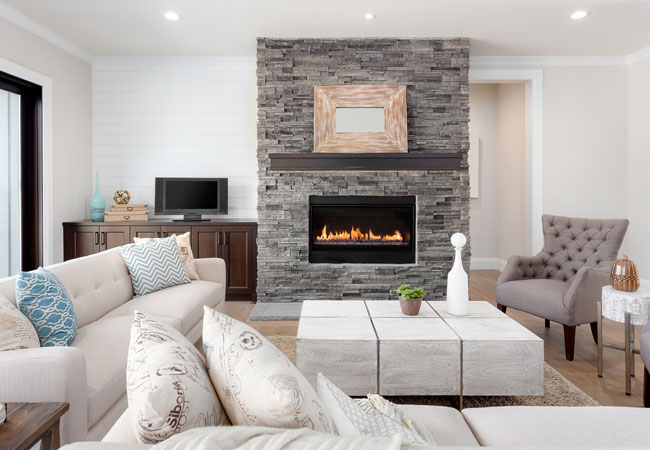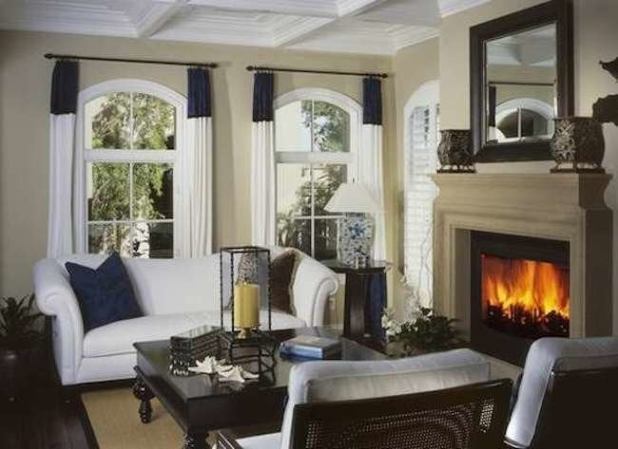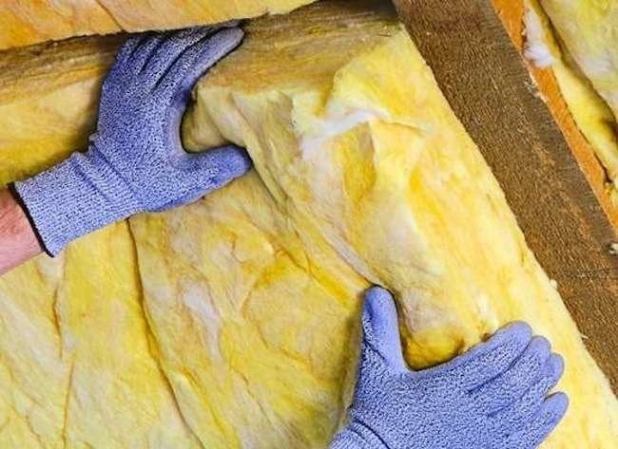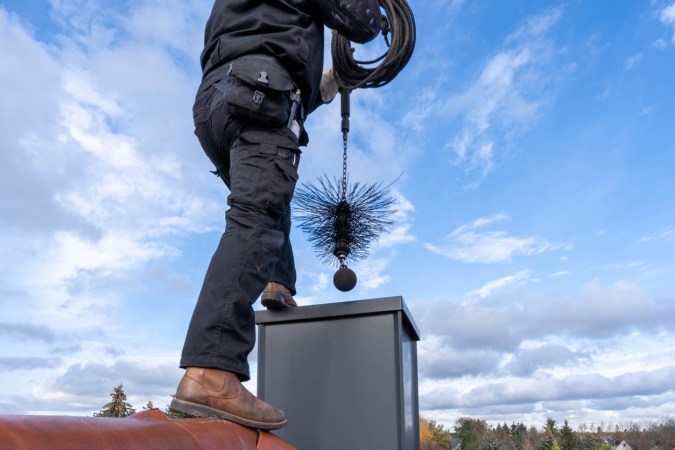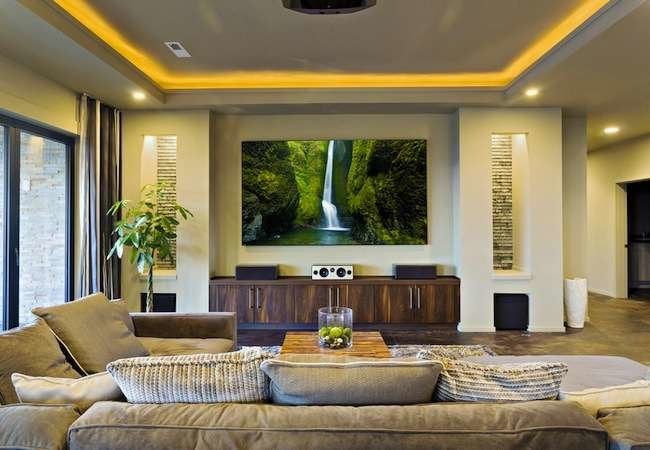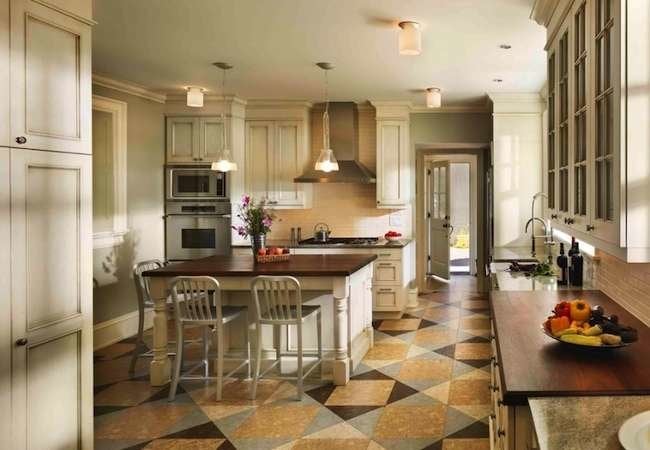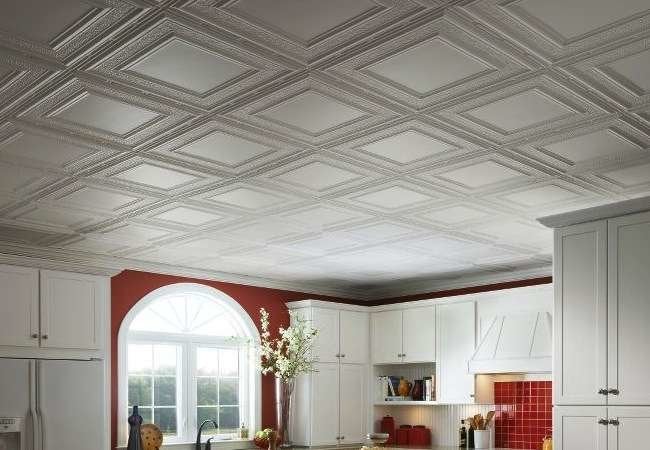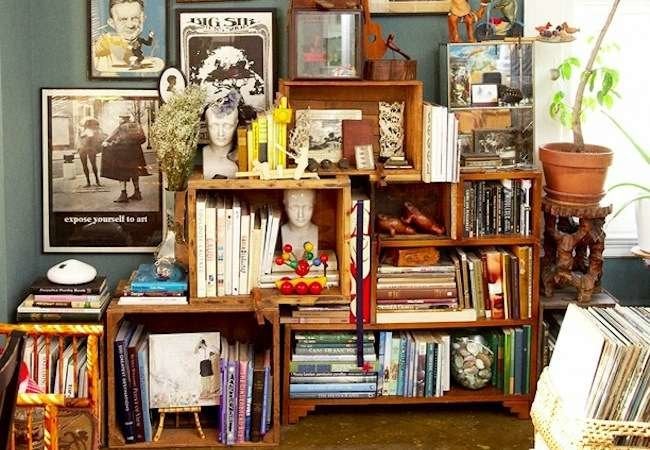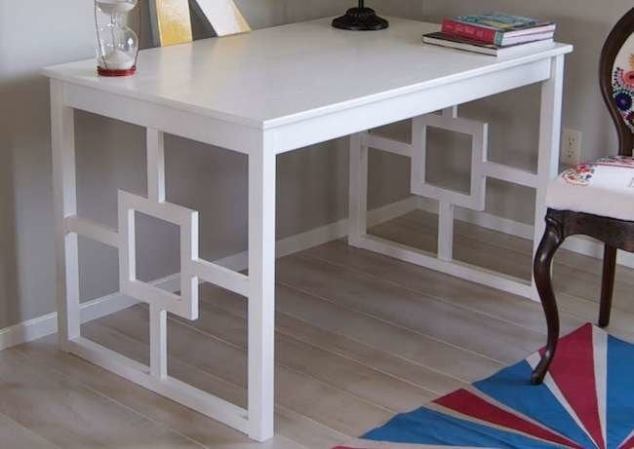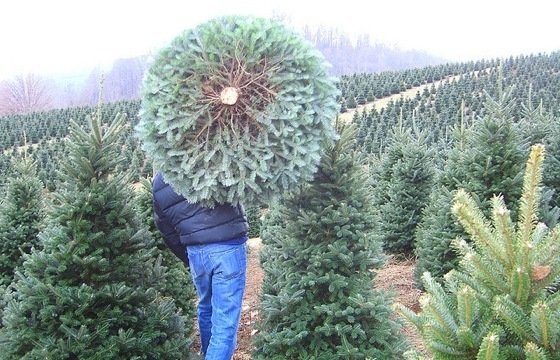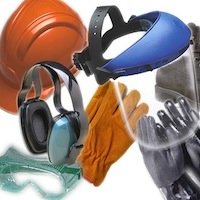We may earn revenue from the products available on this page and participate in affiliate programs. Learn More ›
Kicking back in front of a roaring fire is among the simplest, most satisfying pastimes during chilly weather. But there’s nothing pleasant about the fires, fumes, and water damage that can ensue if you neglect to properly maintain your chimney. Having your chimney and fireplace or wood-burning stove inspected by a trained technician called a chimney sweep certified by the Chimney Safety Institute of America (CSIA) can help avert serious problems and keep your venting system operating efficiently. To that end, there are three types of chimney inspections you can get:
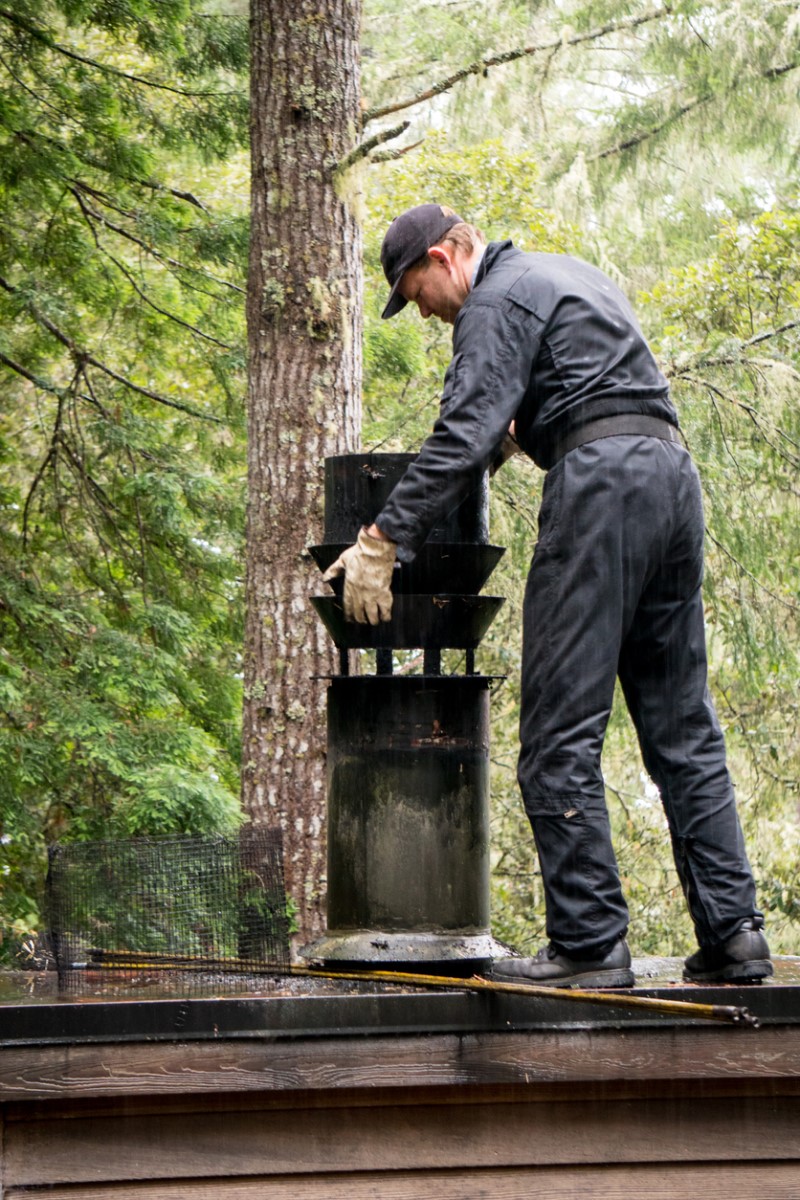
- Level 1 ($75 to $250) includes a check of readily accessible parts of the fireplace or wood-burning stove and chimney. Choose this option if you plan to use your fireplace/wood-burning stove as you have in the past and if, in the year since your last chimney inspection, there have been no changes to the fuel type or the shape/material of the flue (i.e., the space inside the chimney), and there has been no damage to the chimney structure.
- Level 2 ($100 to $500) includes video scanning of internal chimney surfaces. This is the right option if you made any changes to the chimney or fireplace since the last inspection, such as a change to the fuel type or the shape or material of the flue (i.e., the space inside the chimney); if there was a malfunction that possibly damaged the chimney (e.g., a fire or earthquake); or if you’re planning to sell your home soon.
- Level 3 ($1,000 to $5,000) includes Level 1 and Level 2 inspection, plus a partial chimney tear-down to inspect for more severe damage. Technicians will perform this inspection if the Level 1 or Level 2 inspection uncovered serious safety hazards or the possibility of hidden problems in the chimney.
Regardless of which type of inspection you schedule, experts recommend having one done an annual basis for the five key reasons below.
1. Creosote buildup can cause fires if not found first with a chimney inspection.
As CSIA puts it, “Clean chimneys don’t catch fire.” In contrast, a chimney filled with build-up is a disaster waiting to happen. When you use your fireplace or wood-burning stove, by-products such as smoke, vapor, and unburned wood move from the hot fireplace or wood-burning stove into the cooler chimney, where they condense to form a dark brown to black coating called creosote. Since creosote is highly flammable, if the temperature in the flue is high enough, and the creosote layer on chimney walls is thick enough, the creosote can catch fire. That fire can damage the chimney, surrounding masonry, and the underlying structure of the house, or enter the home interior.
RELATED: 5 Fireplace Maintenance Tasks to Complete Every Fall
If you scratch a fingernail against your chimney walls and uncover dark buildup, it’s probably time to get the chimney inspected. As part of a chimney inspection, a CSIA pro will identify whether there is excessive creosote buildup that warrants removal and, if needed, remove both creosote and soot to minimize fire risk. The technician can also repair or replace components that promote increased creosote buildup, such as a warped or rotted damper (a metal plate in the flue that regulates the draft), which can hamper full closure of the damper and thereby prevent adequate ventilation, leading to more creosote.
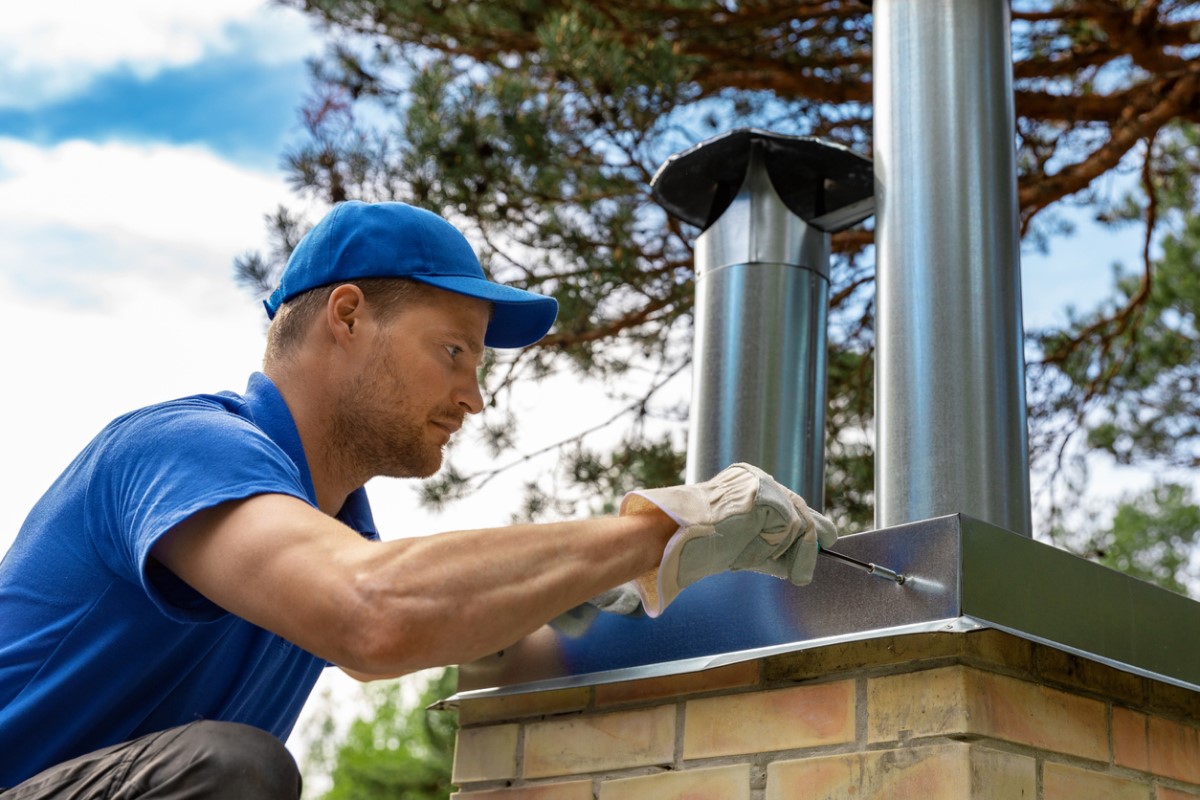
2. Obstructions invite harmful vapors indoors.
Everyday storms can deposit twigs, leaves, and other debris into the chimney. Likewise, critters such as birds, squirrels, and raccoons can build nests in chimneys. Any of these obstructions can block the flue and prevent the normal escape of fire by-products from the fireplace or wood-burning stove to the outdoors. The backed-up smoke and vapors in the chimney can then enter the home, potentially exposing you to carbon monoxide gas—which is an invisible, odorless, and lethal. The obstructions can also act as kindling, potentially sparking a fire if they come into contact with loose embers.
If you put a flashlight up the chimney flue and observe nests or debris, or have been hearing animal sounds from the chimney and suspect a nest, have a CSIA-certified chimney sweep inspect your chimney for obstructions and, if needed, remove them. Some technicians can also install a chimney cap—a covering installed around the outside opening of the flue to keep out debris and animals.
3. Parts you can’t see with the naked eye may be damaged.
Timely repair or replacement of damaged chimney components can minimize the risk of fires, carbon monoxide exposure, and water damage. Unfortunately, many vital parts of the chimney are hidden or too high to be visible for inspection by homeowners. A chimney sweep has the tools and training to assess damage for the following critical chimney components:
- Crown: The crown is a downward-sloping concrete, stone, or metal overhang at the top of the chimney that diverts water away from the chimney exterior to prevent erosion. If cracked, usually as a result of weather exposure or the use of weak construction materials, rainwater can run down the sides of the chimney and erode it, compromising its structural integrity over time. Rainwater can also slip inside the flue and degrade the flue liner (see below). An inspector can repair or replace a cracked crown to stave off water damage to the chimney and flue.
- Flue liner: The flue liner—a clay, ceramic, or metal conduit located between the flue and the chimney walls—protects chimney walls from heat and corrosion when by-products of fire are directed out through the flue. It also keeps smoke and harmful vapors like carbon monoxide from traveling through potential cracks in chimney masonry and entering your home. When cracks form in the flue because of excessive heat, water damage, or wear and tear, high heat or embers can damage chimney walls or touch surrounding combustible materials of the home and spark a chimney fire. Smoke and vapors can also travel through cracks in masonry and enter the home, potentially exposing you to carbon monoxide. An inspector can quickly spot cracks in the flue liner and repair them.
- Masonry: If you have a masonry (e.g., brick) chimney, the porous material can easily expand or contract with heat or cold, and eventually form small cracks. These cracks can grow larger and jeopardize the structure of the chimney or let smoke and vapor in the flue slip indoors, especially if coupled with cracks in the flue liner. A pro can inspect the integrity of brick and mortar on chimneys and recommend necessary masonry repairs.
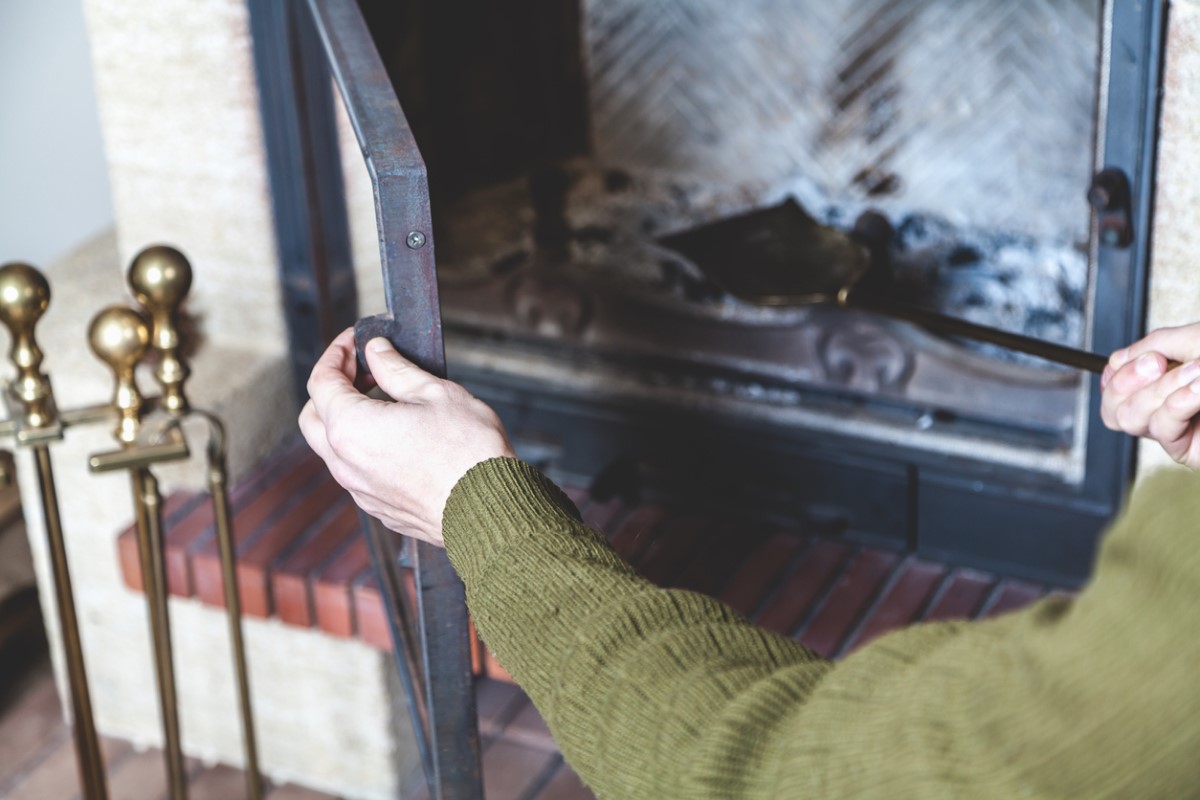
4. The chimney’s history may come back to haunt you.
In general, before selling a house or otherwise transferring it to new ownership, a Level 2 chimney inspection should be performed. But if you recently bought a home and don’t know when—if ever!—the chimney was last inspected, it could be caked in creosote, filled with debris, or have hidden damage. Rather than risk a chimney fire or the release of harmful vapors, get an inspection before your first use of the fireplace or wood-burning stove. An inspector can identify existing chimney vulnerabilities and address them before they do you and your home harm.
RELATED: 7 Mistakes Not to Make with Your Fireplace
5. Your homeowners insurance may not cover future damage otherwise.
Many homeowners policies require regular chimney inspections as a condition of compensating you for damages to the chimney caused by the use of a fireplace or wood-burning stove. This means that skipping inspections could force you to foot the bill in the event of future damage to your chimney. If, in reading your homeowners policy, you determine that chimney inspections are required to cover chimney damage, make it a priority to get your chimney inspected at the recommended intervals to avoid a gap in insurance coverage.
